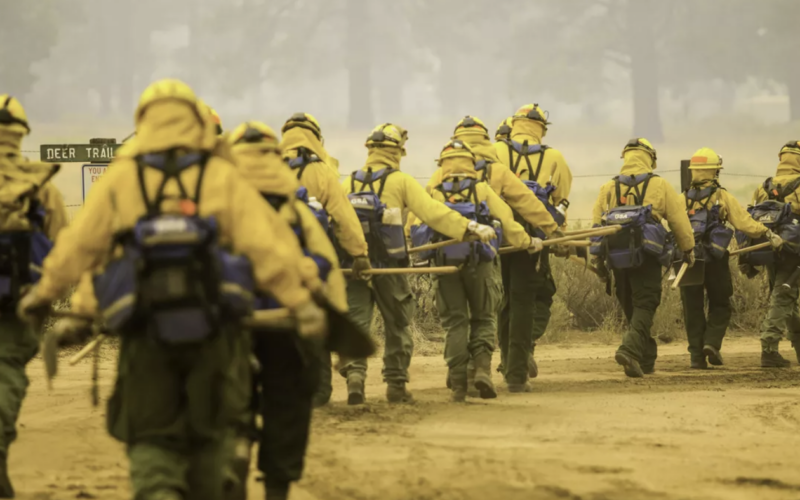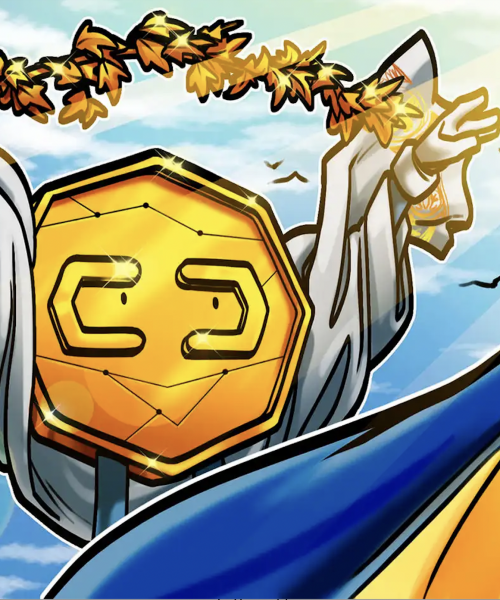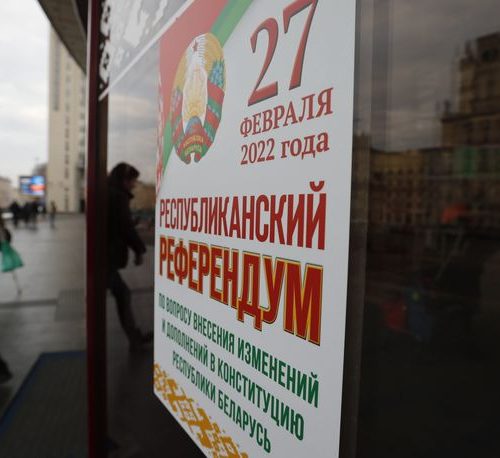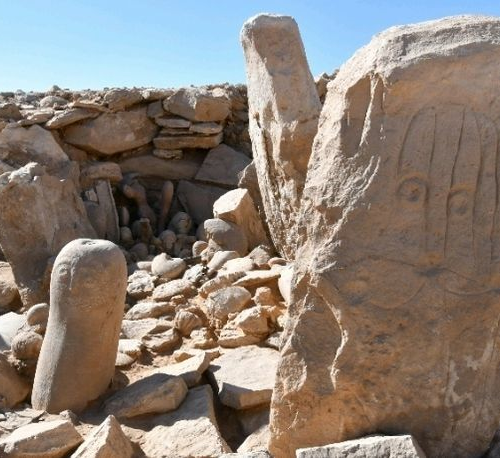Katie Collins | CNET.Com
Troy Warren for CNT #Technology
The companies have teamed up with state and federal firefighting services and are creating a dedicated lab to predict the path of fires to help stop them in their tracks.
One of the biggest consequences of the climate crisis to be felt so far in the US is the rise in the number and intensity of forest fires to sweep across the western states, causing billions of dollars in damage and forcing people out of their homes. As the fires get worse, new tools and methods will be required to keep them under control.
It’s a problem that chipmaker Nvidia and aerospace giant Lockheed Martin are tackling together, the companies announced on Tuesday at Nvidia’s GTC conference. The companies are partnering with the US Forest Service and the Colorado Division of Fire Prevention and Control to understand the challenges of fighting forest fires, as well as to build the tools needed to do it better.
Until now, understanding how forest fires spread has relied on manual manipulation of data and methods that haven’t changed since the 1970s. “It was ripe for automation,” said Justin Taylor, vice president of artificial intelligence at Lockheed Martin in a briefing, explaining how the companies settled on forest fires as the problem they wanted to put their joint resources toward solving. “It just ended up being a really good fit for a problem that we could work together on and make an impact quickly.”
Integral to their partnership will be a new Silicon Valley-based AI lab, where they will combine Lockheed’s real-time sensing software and AI capabilities with Nvidia’s hardware and Omniverse platform to forecast the spread of fires.
Omniverse uses supercomputing power and Nvidia’s graphics expertise to allow people to visualize and simulate virtual worlds. These could be movie sets complete with special effects or car factories in which vehicles are being created, but in this case it can use data to simulate how a fire is likely to spread, including how it will move over different terrain and at what speed.
It’s a hugely complex undertaking to predict the path of a wildfire, which can change in a matter of minutes. To do it as accurately as possible, software needs to take into account data on topography, the fuel (what is actually being burned), wind direction, wind speed and real-time sensing of where the fire is. All this adds up to a complex mathematical equation that Nvidia and Lockheed have trained their AI model to calculate.
The result, said Taylor, is an “impressive visualization to present to the actual firefighting community so they can visually see and track very quickly what we think is going to happen, what is happening and what we would like to see happen to address the fire.”
Wildfires have become a more intense and widespread threat in recent years in the US West. Accuweather predicts that economic damage from the 2021 wildfire season in the US could total between $70 billion and $90 billion, with more than half of that in California alone. The National Interagency Fire Center counts more than 48,000 fires to date this year, which have burned more than 6 million acres.
A video played in the briefing showed a photorealistic fire spreading over a hilly landscape using data from the Cameron Peak fire in Colorado in August. This is what firefighters will be able to see as they plan how to get ahead of a fire and prevent it from spreading further.
There are multiple ways the visualization could be viewed, said Rev Lebaredian, Nvidia’s vice president of Omniverse. This could be on a 2D screen, on a VR headset, with AR using something like Microsoft’s HoloLens, or in a scaled model of the landscape on a tabletop that people can stand around.
So far the AI model has been trained on and tested against simulations of historic fires with promising results in speed and accuracy compared with current methods, according to the companies. To test how effective the algorithm is, they tasked it with predicting how a fire spread and then visually compare it to the real data.
There are some limitations based on how fast new data (including changes to maps or updated wind speed measurements) becomes available, but overall it’s still able to have a “significant impact,” said Taylor, which he hopes will allow them to eventually tap into more data sources.
They will also continue to test the AI in the lab over time, and will also look at training the AI in resource management to determine what would be the best use of retardant and aircraft platforms, which Lockheed also has extensive experience working in.
Right now the partnership is with the US Forest Service and the Colorado fire prevention agency, but Taylor says the lab is “intended to be available as a sort of hub for the wildfire fighting community.” He hopes to see the technology being fielded first to communities across the US and then across the world. According to Lebaredian, the decreasing cost of computing power and Nvidia’s ability to do intense computation in the cloud gives the company opportunities to eventually share the tech with small and developing countries that might not otherwise be able to afford it.
But, he added, it’s important to refine the technology first, as well as to build trust in it within the firefighting community. Some are optimistic about AI’s ability to solve this problem, whereas others are “naturally skeptical,” said Taylor.
“That’s why we’ve been able to focus our activity to show what we can do today, show them how it compares, and so far it’s been nothing but excitement,” he added.
In Other NEWS



































